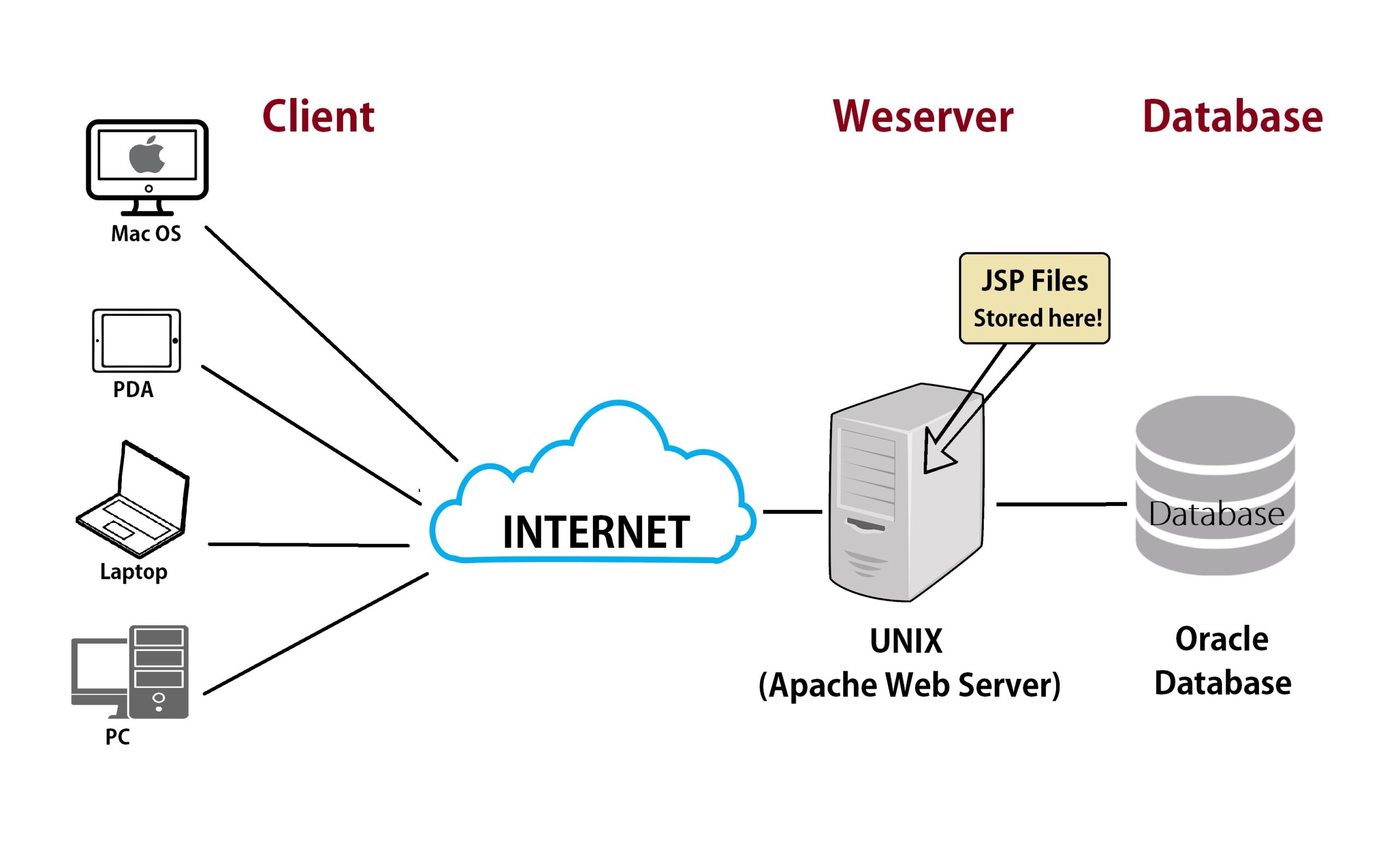A Deep Dive into the Department of Education

Education is the cornerstone of societal progress, and at the heart of this critical endeavor lies the Department of Education. Established to champion the cause of quality education, this government agency plays a pivotal role in shaping the educational landscape of our nation. In this blog post, we will delve into the Department of Education’s mission, functions, and its impact on students, educators, and the broader community.
The Department’s Historical Evolution:
The roots of the Department of Education can be traced back to the establishment of the federal Office of Education in 1867. Over the years, it underwent several transformations until it was officially recognized as a cabinet-level department in 1979. Since then, the Department has been at the forefront of fostering educational excellence and ensuring equal access to learning opportunities for all.
Mission and Core Values:
At its core, the Department of Education is driven by a noble mission – to promote student achievement and preparation for global competitiveness by fostering educational excellence and ensuring equal access. The department is guided by values such as integrity, excellence, and innovation, emphasizing a commitment to providing every student with a fair and meaningful education, regardless of their background or circumstances.
Key Functions and Initiatives:
The Department of Education is involved in a myriad of functions, each geared towards enhancing the educational experience for students across the nation. From setting academic standards to distributing federal funds for education, the department plays a multifaceted role in shaping the policies that govern our schools and colleges. Initiatives like the Every Student Succeeds Act (ESSA) and the College Scorecard reflect the department’s commitment to accountability, transparency, and student success.
Addressing Challenges in Education:
Education faces numerous challenges, and the Department of Education serves as a crucial player in addressing them. From closing the achievement gap to promoting STEM education, the department develops and implements policies that aim to create an equitable and inclusive learning environment. The emphasis on early childhood education and initiatives supporting teacher professional development showcase a forward-looking approach to tackling the complexities of the education system.
Impact on Students and Educators:
The Department of Education’s influence extends beyond policy-making; it directly impacts students and educators nationwide. Through federal financial aid programs, the department ensures that deserving students have access to higher education, irrespective of their economic backgrounds. Additionally, initiatives supporting teacher training and professional development contribute to building a skilled and motivated cadre of educators, thereby enhancing the overall quality of education.
Conclusion:

In conclusion, the Department of Education stands as a beacon of hope and progress in the realm of education. Through its unwavering commitment to excellence, equity, and innovation, it continues to shape the educational landscape of our nation. As we navigate the challenges of the 21st century, the Department of Education remains a steadfast partner in nurturing minds and fostering a brighter future for generations to come.
Follow us for more:
http://www.facebook.com/wolfywide




